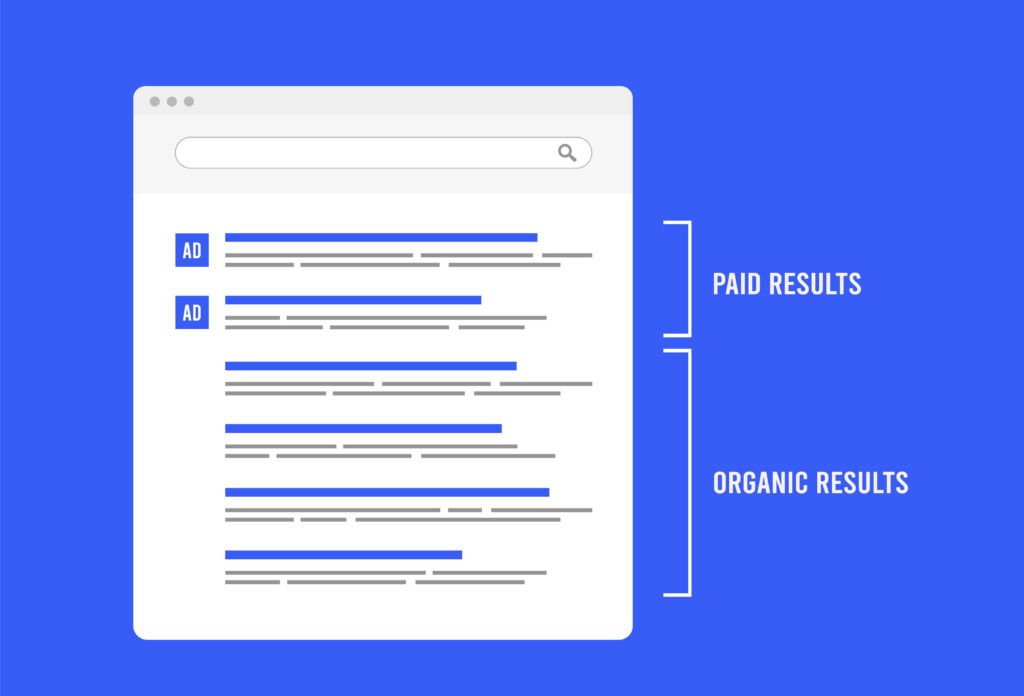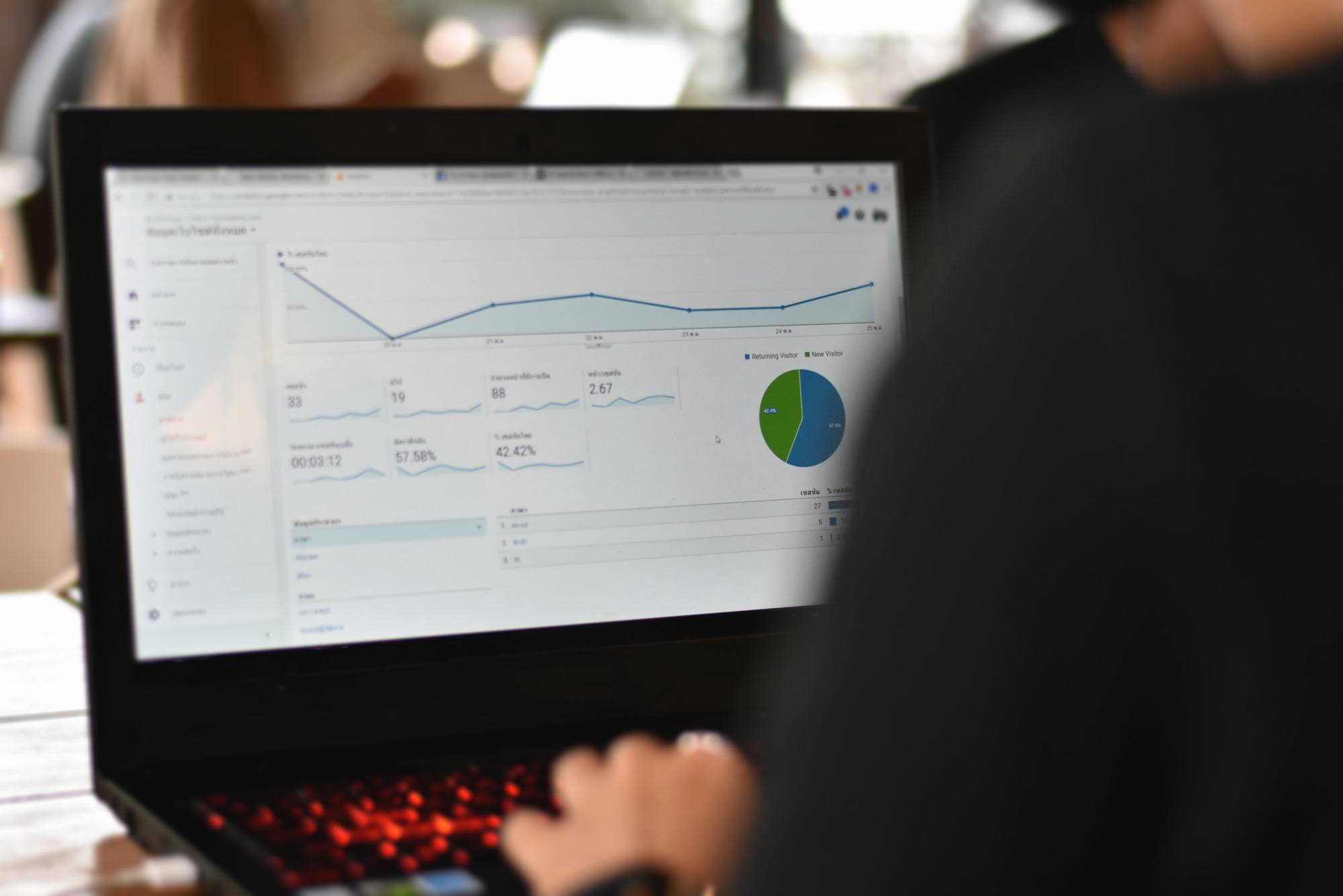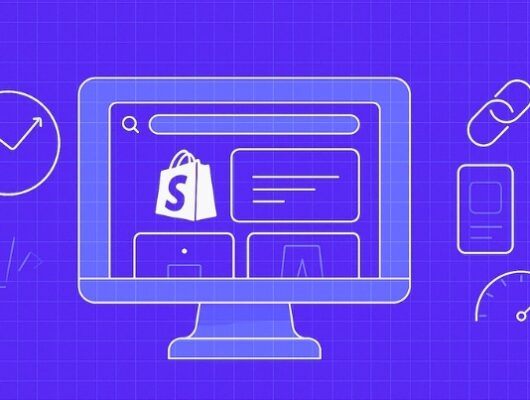Visibility is everything in ecommerce. You can have the best products, a stunning website, and unbeatable customer service—but if shoppers aren’t finding you online, you’re losing sales. That’s where a strategic combination of paid advertising and organic SEO comes in.
While organic search and paid ads are often viewed as separate marketing tactics, integrating them can create a powerful, performance-driven digital strategy that fuels growth from both short-term and long-term angles.
Paid vs. Organic Search: What’s the Difference?
Before we dive into the benefits of combining the two, it’s important to understand the difference between paid search and organic search, especially in the context of ecommerce.
- Paid Search (PPC): Ads you pay for to appear at the top of search engine results or across ad platforms like Google Shopping, Meta (Facebook/Instagram), TikTok, or display networks. You’re charged when someone clicks on your ad. These results are marked as “Sponsored” or “Ad.”
- Organic Search (SEO): These are unpaid listings that appear in search engine results because of their relevance to the search query. Organic results are determined by search engine algorithms that assess factors like keyword relevance, page quality, and site authority. You can’t pay to appear here—this traffic is earned by optimizing your site content and structure over time.
In short: Paid gets you visibility fast. SEO builds it for the long haul.

The Power of Paid + Organic in Ecommerce
1. Faster Results + Long-Term Gains
Paid advertising gives ecommerce stores immediate visibility in search engine results pages (SERPs) and across platforms like Google Shopping or Meta. Meanwhile, organic Search Engine Optimization (SEO) builds equity over time—bringing in high-quality traffic for months or even years after the initial investment.
Together, they deliver the best of both worlds:
- PPC (Pay-Per-Click) accelerates exposure for new products, sales, or seasonal promotions.
- Organic SEO ensures that core category and product pages rank organically, driving consistent traffic over time.
2. Better Data, Smarter Decisions
Running paid ad campaigns provides rapid feedback on keywords, product-market fit, and customer behavior. You can see which terms convert, which landing pages perform best, and what messaging resonates with buyers.
This data can then inform your SEO strategy—allowing you to:
- Target the highest-converting search queries with optimized content.
- Build SEO landing pages based on proven paid performance.
- Identify new opportunities through search term reports and ad click-through data.

3. Increased SERP Real Estate
When you run ads and rank organically, your store can dominate the search results page. This increased presence builds trust and brand recognition—especially in crowded ecommerce categories—and significantly boosts click-through rates.
For example, a single keyword search could show:
- A Google Shopping ad for your product
- A text ad
- A rich snippet from your blog post
- Your product page ranked organically
4. Stronger Retargeting and Remarketing
SEO brings new users to your site at all stages of the funnel, often during research or comparison shopping. With paid ads, you can re-engage those visitors through retargeting campaigns, bringing them back to complete a purchase.
Examples include:
- Display ads showing recently viewed products
- Social media ads promoting limited-time offers
- Google Ads targeting cart abandoners
This full-funnel approach keeps your brand top of mind and boosts conversions.
5. Improved User Experience & Conversion Rates
Successful SEO requires a well-structured, fast-loading, mobile-friendly website—elements that also enhance the performance of your paid campaigns. Likewise, optimizing landing pages for PPC often improves conversion rates across all traffic sources.
When both SEO and paid advertising are aligned, your site becomes easier to navigate, faster-loading, and more persuasive to shoppers, no matter how they find you.
Final Thoughts: It’s Not SEO OR Paid Ads—It’s Both
For ecommerce businesses aiming to scale, investing in both organic SEO and paid advertising is a competitive advantage. These two strategies support and strengthen each other, delivering better data, better targeting, and better ROI across the board.
If you’re only doing one or the other, you’re missing out on the full potential of your digital marketing. A unified strategy, where SEO and paid ads work hand-in-hand, drives more qualified traffic, improves conversions, and helps your ecommerce business grow faster and more sustainably.
Looking for help with your ecommerce SEO strategy? Reach out to our team today.
Trusted Ecommerce SEO Agency
Attract, retain, and convert more traffic with the strategies that impress users and search engines.









